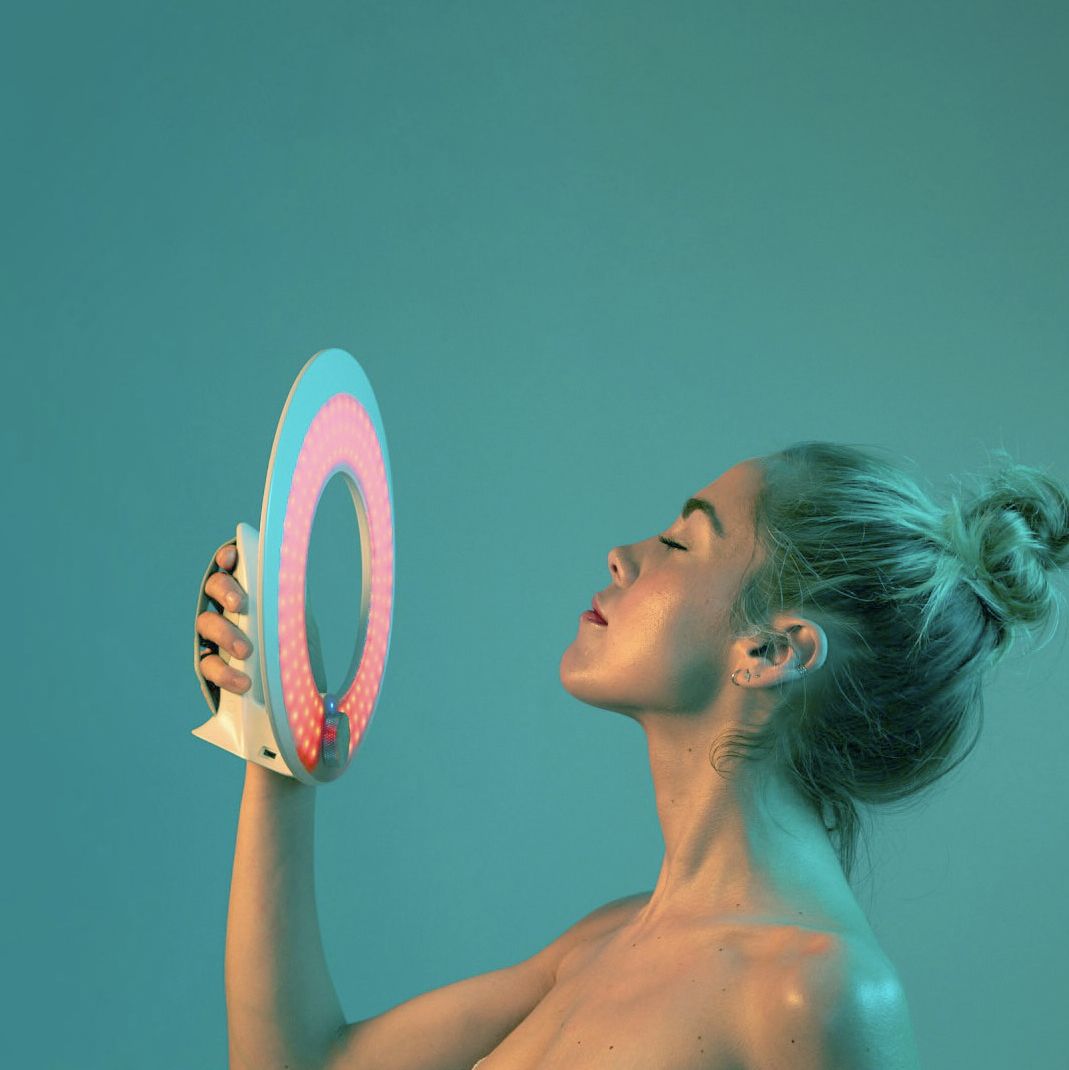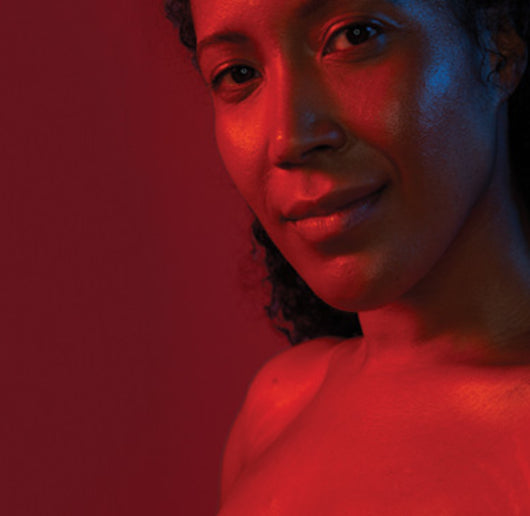
The specific components in cells that respond to visible light are located in complexes I, III, and IV of the mitochondrial electron transport chain. When exposed to visible light, these components initiate a photochemical reaction, leading to increased ATP production and the activation of cellular signaling pathways. Different wavelengths of PBMT have been found to influence a range of biological processes within the skin. The full spectrum of colors available for LED light therapy is Red, Blue, Purple, Green and Amber.
What does red light therapy do?
Red PBMT provides a number of skincare, health, and wellness benefits especially in the form of light-emitting diode (LED) devices. Not all home devices are equal so beware of marketing science: look for research to prove the device you are using has been clinically studied on real people. Red light therapy at home promotes a number of benefits and is known to relieve pain such as headaches when applied to the face or the head. Red light also calms inflammation that may arise after procedures, as well as reduce fine lines, wrinkles, and pores, and can also stimulate collagen production.Benefits of red light therapy

There are countless benefits of red light therapy at home. Try it once and see for yourself. Listed below are more of the red light therapy benefits for the skin:
- Soothes pain and alleviates headaches
- Calms inflammation (post-procedure like lasers and injectables)
- Reduces fine lines, wrinkles, pores
- Improves sleep and improves circadian rhythm
- Stimulates collagen
- Red PBMT with a wavelength of 625-740 nm has been suggested as an adjunctive measure for optimal early wound healing and scar formation, 2,6,7 with in-vitro studies demonstrating fibroblast proliferation in red LED-treated cells.
Red PBMT has also been shown to improve erythema, severity, and pain in epidermal growth factor receptor inhibitor-induced paronychia.

